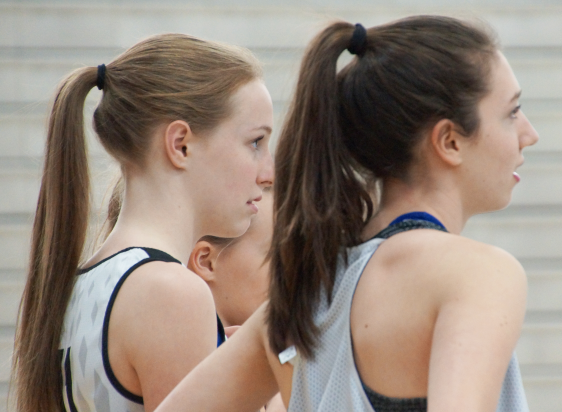Salary Inequity in Sports
May 3, 2017
Pay discrepancies in men’s and women’s sports have been the subject of intense discussion over the past couple of years, notably sparked by the USA women’s soccer team’s public complaints about their compensation. After winning the 2015 World Cup, the team was widely popular, yet was still making just a portion of the salaries of the less successful men’s players.
The discussion has seen more recent attention from the media as, on March 15th, the women’s national hockey team announced that they would boycott the world championships if their pay was not raised. This was unprecedented behavior from the defending champion and favorite in the tournament.
I could write this whole article just describing the distinct evidence for unequal pay opportunities between our male and female athletes in national competition. Instead, I’ll simply give two indisputable figures that embody this pay difference as it manifests itself in soccer: U.S. soccer pays $75 per day for expenses to the men’s team while it pays $60 per day to their women, and U.S. soccer pays $3,750 for a sponsor appearance to its men as opposed to $3,000 to its women.
This is a discussion that, at least in my experience, always seems to elicit the same response: “If they don’t make as much revenue, they can’t be paid as much.”
So, to this overly simplistic answer, I propose another question: since when has national sporting been about profit? The Olympics, widely accepted as the pinnacle of international athletic competition, has been going on for two centuries, yet has never been about revenue. When we watch the opening ceremony and our eyes fixate on our flag waving above our athletes, we all feel like members of the team. We experience national pride and unity in our support of these athletes as they fight for the respect of the state.
In essence, the athletes of our teams are working to showcase our athletic prowess as a nation, and to act as diplomats through the language of sports. So, I offer an alternative solution to this salary gap. Our national athletes should not be paid based on how much profit they bring in, but should instead be paid based on their representation of our nation.
This isn’t a far-fetched idea. In many ways, we have adopted this idea widely in government. The president makes an annual salary of $400,000, a total that is completely independent of the amount of money that they bring into the country. Instead, they are paid to represent us as the United States.
Here we have a solution that could be applicable on smaller levels as well. In collegiate sports, funding is given in greater amounts to the teams that contribute the most to the profitability of the school. This is why problems occur in institutions like the University of North Dakota, who surprised their women’s hockey team on March 29th with the news that their program was immediately being cut to fulfill budget requirements. This was a team that had produced eight of the players on the US Olympic team for the 2014 Sochi Winter Olympics, yet the school did not feel these girls’ talent alone warranted keeping the team around.
The University administration’s decisions to cut budgets in this way should be regarded as a similar form of the wage gaps that are seen in national sports. With regards to UND, we’re talking about a public university that receives its budget from the state, not a for-profit institution. In other words, it is not fighting to keep its doors open. Its administration’s decision to leave a team of scholarship athletes without a program can only be seen as unfair when we remember that the men’s hockey team, who have historically been less successful, is still intact.
We cannot force people to watch the men’s and women’s sports equally. The fact is that for decades men were the only ones who were even allowed to play sports, and this has created an institution that has led to greater acceptance and viewership of male athletics. However, we can shift the meaning of sports on intercollegiate and international levels. Men and women together are essential in representing the United States through athleticism and showcasing the physical abilities of the American elite, and should thus be rewarded in the same way.






























